Probably every resident of especially private houses has had to deal with an invasion of insects: cockroaches, ants, midges. You can also see centipedes with jointed antennae, modified forelimbs and quite beautiful colors. These strange animals can be terrifying at first. The first thought that arises is: are they dangerous and poisonous for humans? Indeed, scolopendras bite and emit poison, the entry of which into the body can lead to pain, illness and even poisoning. Who is the domestic scolopendra, why its bite is dangerous for humans, how to get rid of it using folk and chemical means, we will consider in more detail in this article.
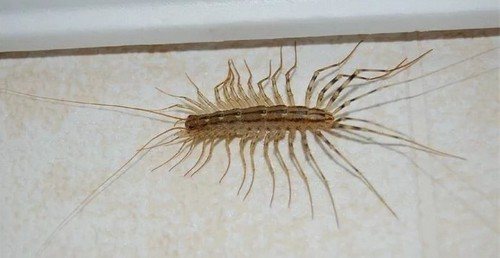
Scolopendra, who is this?
Scolopendra is a venomous animal with modified forelimbs, a segmented body, a pair of legs at each segment and sharp nails at the end. Scolopendras come in different colors: purple, yellow, orange, red, blue. As a rule, these are nocturnal predators; they emerge from their crevices at night and cannot tolerate daylight or sunlight. They can hide under tree roots, in burrows, cracks, and the ceiling of a house. They feed on small rodents, insects, and lizards.
The main danger is the device or poisonous apparatus, which is located inside the jaw in the form of channels with a poisonous gland located in the hole at the tip of the nail.The poisonous gland contains poison, which, when released into the victim, can cause poisoning, swelling, numbness, soreness and burning of the tissues on the skin.
Typically, the appearance of centipedes in a house or apartment is facilitated by favorable conditions for their life activity or an optimal habitat. These are food remains on the table, dampness and high humidity in the room. It is precisely under such factors that scolopendra most likely starts. Its most favorite habitat is a damp, damp place. Getting rid of the scourge of this insect means eliminating all damp corners and crevices in the room.
What is the danger to humans?
The appearance of the scolopendra is rather unsightly: long legs, a segmented chitinous skeleton. When they appear in the house, many residents begin to get scared and try to quickly take the first object they come across, such as a fly swatter, in order to kill or scare away the predator.
In fact, domestic scolopendras do not pose a particular threat to humans and, of course, will not lead to mortal danger. Although they can bite if you hold them in your hands for a long time or accidentally step on them.
Of course, it’s not pleasant, because the bite resembles a wasp sting. It also causes redness, burning, pain, and swelling of the skin. But domestic centipedes are not carriers of dangerous diseases and are even shy themselves. When they see a person, they try to quickly go into the shadows and hide. Centipedes do not live in things or food. When the lights are turned on they usually go away quickly.
There are certain types of these centipedes, for example, giant centipedes, whose bite is more dangerous to humans.Domestic species are safe, although bites should be avoided, especially for people with weakened immune systems or excessive allergies.
Attention! If you follow the scale of pain, then a scolopendra bite can be 20 times more painful than, for example, a bee sting.
How to get rid of scolopendra?
The scolopendra has a rather durable chitinous top layer, so catching it to kill it is not so easy. Of course, you can resort to a mechanical method and catch it in a jar, take it away from home to another place, and throw it out into nature.
Fortunately, scolopendra is not an aggressive creature, but in the event of a bite, swelling, nausea, dizziness, burning, and temperature rise to 39 degrees. It is worth providing the victim with first aid. help: treat the bite area with antiseptics, apply a gauze bandage or bandage it.
Signs usually, as well as after a bee sting, can last for 2-3 days.
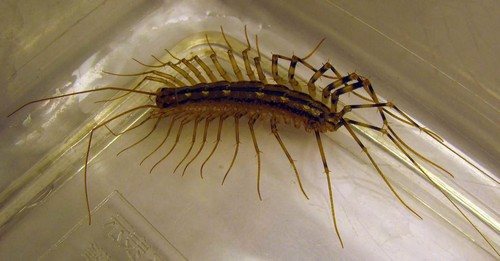
Due to physiological characteristics and lifestyle, it is difficult to fight scolopendra. Not many chemicals can completely get rid of insects. You can spread adhesive tape, like against mosquitoes, but even if you leave the insect without legs, it will not get rid of the scourge. The scolopendra's legs will soon grow back. Various baits are not valid, since the animal feeds exclusively on live insects.
First of all, you need to eliminate humidity and dampness in the house, which are favorable factors for the living of this animal. Scolopendras will disappear if:
- ventilate and dry the room well;
- reduce humidity levels;
- or install artificial ventilation;
- eliminate mold on the ceiling and walls;
- seal all seams, cracks in the toilet, bathroom using silicone;
- fill voids in window and door openings;
- check pipes, mixers and taps, repair them in case of malfunction;
- rehabilitate the sewer system;
- check devices for condensation;
- clean the territory, deposits, unclean places near the house.
Perhaps the centipedes will leave the home on their own. If the invasion of hordes of centipedes cannot be avoided without using more effective and radical methods. Insecticides are effective in getting rid of them, but only special preparations, so when choosing, you need to pay attention to the packaging and read the instructions for use. You need to choose insecticides in stores that have a wide spectrum of action against many parasites. For safety reasons, sanitize your home by covering your face with a protective mask and your hands with gloves.
On a note! It is necessary to use poisonous drugs only in exceptional cases, when there are many parasitic animals, whole hordes.
The main chemicals include:
- Combat as an aerosol by injection into cracks and ventilation.
- Starex as for the purpose of spraying places where parasites accumulate.
- Medilis-Ziper as a concentrate for spraying. Must be diluted with water before use. Spray with a spray bottle, treating areas where animals gather.
- Raid is a non-toxic product with a pleasant aroma and you can spray the room without leaving it.
If there are children and animals in the house, then it is advisable to use preparations with natural additives or dry chemical preparations (insecticides) by pouring them into baseboards and other elements into which centipedes can penetrate.
When using aerosols, spray around the entire perimeter of the room, spraying carefully, avoiding contact with eyes. To completely destroy insects, you need to apply the product 2-3 times, thus carrying out several treatments over 3-4 weeks.
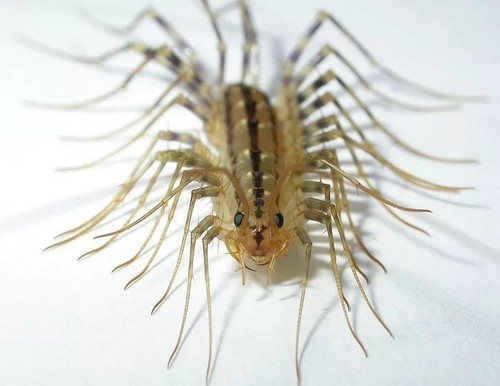
Traditional methods
Scolopendras are often found in private houses and cottages where families, children, and animals live. Fighting with chemicals is not always appropriate. Residents often use traditional methods, for example, hot cayenne pepper (powder), pouring it in places where insects accumulate. It is also advisable for them to be run over the pepper or eaten.
First of all, it is important to eliminate the food supply for scolopendra, i.e. remove ants, cockroaches, bedbugs and spiders so that there is nothing for feeding. And without it there will simply be nothing to feed on.
Of course, if large hordes appear, you can contact a specialized service. Professionals will quickly clear the house of uninvited guests by acting on them using thermal methods or chemical compounds containing synthetic pyrethroids. This way you can quickly process it. One procedure is enough for centipedes to leave the house forever and not appear in the future.


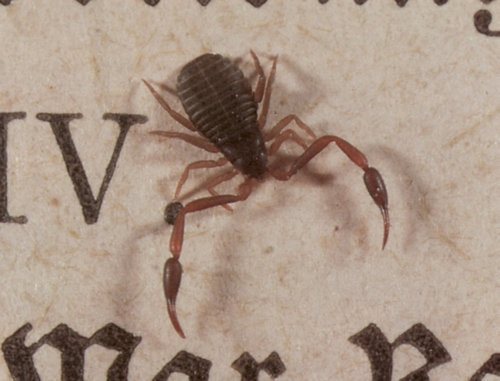
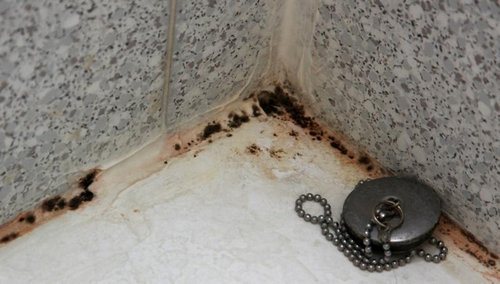
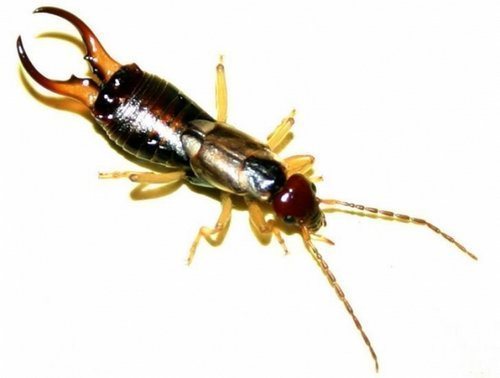
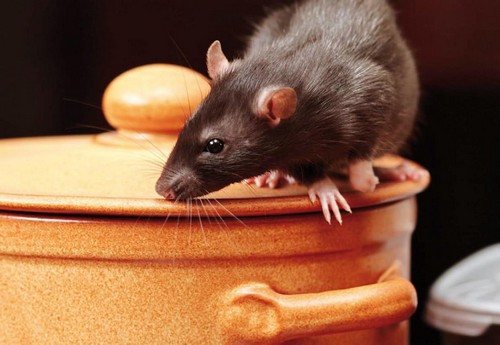
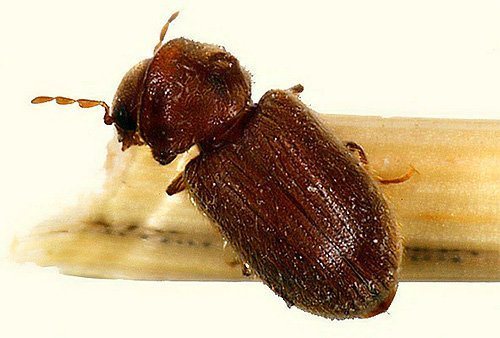
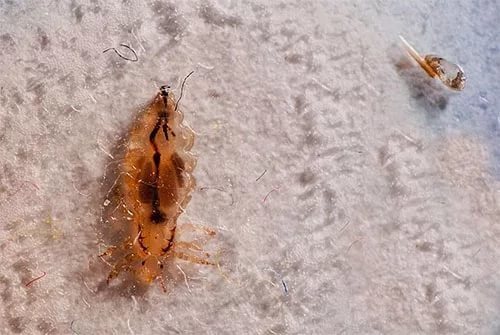
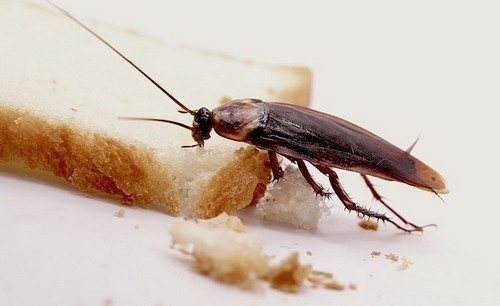
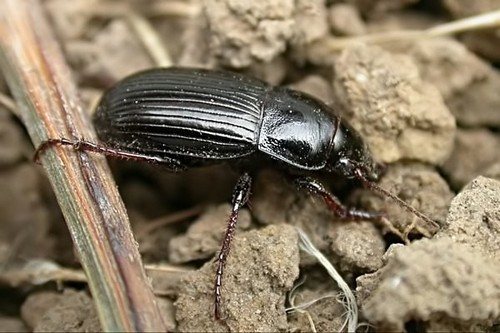
But this is not a scolopendra, but a flycatcher. She is kind, but her face is just very scary.
What kind of scolopendra is this? Brad! Common flycatcher. I used to kill something like this, but when I realized that they were killing cockroaches, I stopped! These invisible ones are better than arrogant cockroaches shitting everywhere!!! Believe me - Flycatcher is a friend!!!!!!!
I ate your cockroaches!
Why did you eat your grandfather?
What kind of reptile ate me?
Author, teach biology! This is a flycatcher, a beneficial insect.
This is a scolopendra (one of the species) and a flycatcher (a common name), but this is not an insect, but an animal
Snakes are also useful, but we don’t live under the same roof with them.
They still eat bread. I turn on the light, sits on the garbushka and brazenly eats. I barely made it
I don’t know, maybe a scolopendra or a flycatcher, but the body burns with fire for three days. It’s better to fight flies than to endure this nasty thing.
Where does this bitch live in the house? I can’t find this Scolopetra bitch. She bites me more than once. Then it bakes for 3 days and it’s plump.
I often see it in my house. We live near the sea and we can’t escape the humidity. And I live with them in peace and harmony.
I just threw it in a bucket of water, it’s kind of terrible, we’ve been living in a private house for three years, I’ve seen it twice in the last year. Brrr, terribly unpleasant creatures, but I’m friends with spiders, they even listen when I tell them not to make cobwebs in visible places, but now I have to clean behind the closet and behind the sofa))
The scolopendra tasted me today! The knee was already very swollen, the head was spinning and the temperature was still 39. He had repelled the blow from hitting the bottom with a hammer.
So in my apartment there are no flies or cockroaches, I don’t know where these centipedes came from.
Scolopendra or flycatcher, one horseradish muck is not homemade. It shrinks from light, climbs at night and sometimes bites.
They killed me with a slipper and that’s it
Hello people, honestly, I don’t know what I have at my dacha: a centipede or a flycatcher, but I’m sitting scared and writing at one in the morning, it’s somewhere under the sofa, it’s a pity I didn’t have a slipper with me, otherwise it would have smeared on the door
When I see something sitting on the wall, I cut it in half with a knife. They look creepy. I didn’t know anything about them before this article. I killed them simply because of their appearance, they are scary, and I don’t like unfamiliar insects in the house. Slava has never bitten me to God.
I was just watching a series at night and I felt something tickling my hand, I saw this ten-centimeter piece of crap climb onto the bed, I almost cleared my stomach and jumped on the spot, and this abomination was washed away, now I’ll sleep with the light on
We recently moved into a rented apartment and a couple of days after moving in, I noticed this living creature on the 4th floor. She is so unpleasant that you will reflexively slap her. And every few days I see one or two individuals, so in the apartment where are these creatures from? Not small yet, 5-7 cm